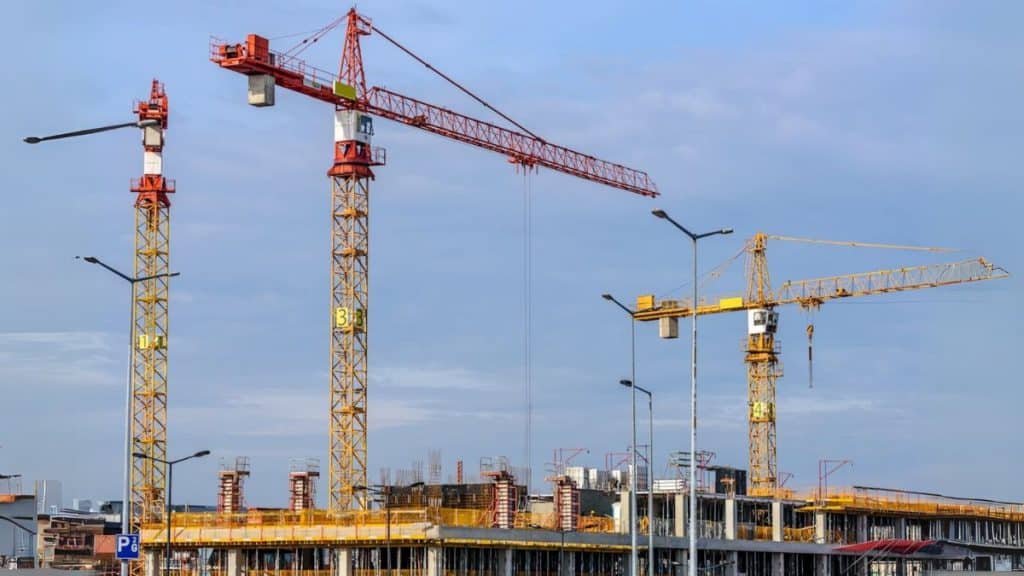Headquartered in Farmingdale, New York, JM Haley Sheet Metal (JMH) has been a cornerstone of the sheet metal ductwork industry since 1972. With more than 50 years of experience, JMH provides turnkey HVAC solutions to commercial and industrial mechanical contractors across Long Island and the greater New York region. Specializing in the fabrication and installation of galvanized steel, aluminum, black iron, and stainless steel ductwork, JMH has completed projects ranging from $25,000 to over $10 million. Operating out of a state-of-the-art automated fabrication facility, the firm combines precision with efficiency through its skilled in-house team of estimators, draftsmen, and project managers. JMH is fully insured, union-affiliated, and committed to safety, compliance, and excellence in craftsmanship. Recognized for its leadership and community support, JMH Sheet Metal is a trusted partner for dependable, large-scale construction projects in New York City and beyond.
New York City’s construction sector is dynamic and diverse, tempered by new opportunities spurred by City of Yes legislation. The Real Estate Board of New York’s (REBNY) New Building Construction Pipeline Report for Q4 2024 provides an informative snapshot of the current development landscape. Released in January 2025, the report focuses on job application filings with the Department of Buildings.
Residential filings have risen substantially, reaching their historical average and signaling renewed growth, which led to an overall year-over-year decrease in the construction pipeline, falling below the historical average. Developers made only one new filing for a building exceeding 300,000 square feet during the quarter. The total square footage sat at three percent below total square footage for major projects a year earlier and 19 percent off the historical average.
These results came despite State lawmakers crafting a package of programs in mid-2024 to encourage new developments and streamline commercial-to-residential conversions. One roadblock to utilizing the incentives was that necessary local zoning and rule reforms didn’t go into effect until late 2024. In addition, the New York City Department of Housing Preservation and Development rule changes made it more challenging for conversion projects for below-market-rate rental units.
REBNY’s senior vice president of policy describes the city as needing to take more proactive steps to boost the local economy and resolve a persistent housing supply crisis. He applauded the passage of the City of Yes legislation in December 2024 as a way to create a unified zoning framework positioned to spur development across every borough.
City of Yes has four distinct areas of focus: families, carbon neutrality, economic opportunity, and housing opportunity. In the latter sphere, a zoning text amendment addresses restrictive zoning rules, which have limited new housing approvals to just a few concentrated areas of the city. Easing the rules allows “a little more building” in neighborhoods across New York. The aim is to create 82,000 new homes over the next 15 years, with a Universal Affordability Preference (UAP) clause that requires 20 percent or more of new affordable housing in medium- and high-density districts. These are typically expensive and inaccessible to many working families.
The legislation also green-lights accessory dwelling units (ADUs), such as garage and basement conversions, and backyard cottages, for one- to two-family homes in low-density districts. These preserve the look and feel of the community while providing more space for multigenerational family housing. Another legislative aspect is expanding residential conversions to include non-residential spaces, such as underutilized offices. It moves the “construction-after” building eligibility date for conversion projects from 1961 to 1991. This adds substantially to potential conversion project targets.
Prevalent from the 1920s to 1950s, apartment buildings with two- to four-story housing above street-level retail are a classic form of New York development. City regulations have long prohibited this, but the City of Yes makes it legal again (depending on underlying zoning requirements). The new legislation also legalizes “missing middle” apartment buildings or transit-oriented buildings of modest size within low-density residential districts.
Other facets of City of Yes include re-legalizing shared housing, which will open up new housing options, such as family-sized apartments, in place of roommate occupancies. Campuses, such as private residential co-ops and churches, can now be converted into housing. Cumulatively, these new rules promise to create new avenues for creative construction and development practices that jumpstart residential growth and housing availability, without negatively impacting the city’s appearance or social fabric.
